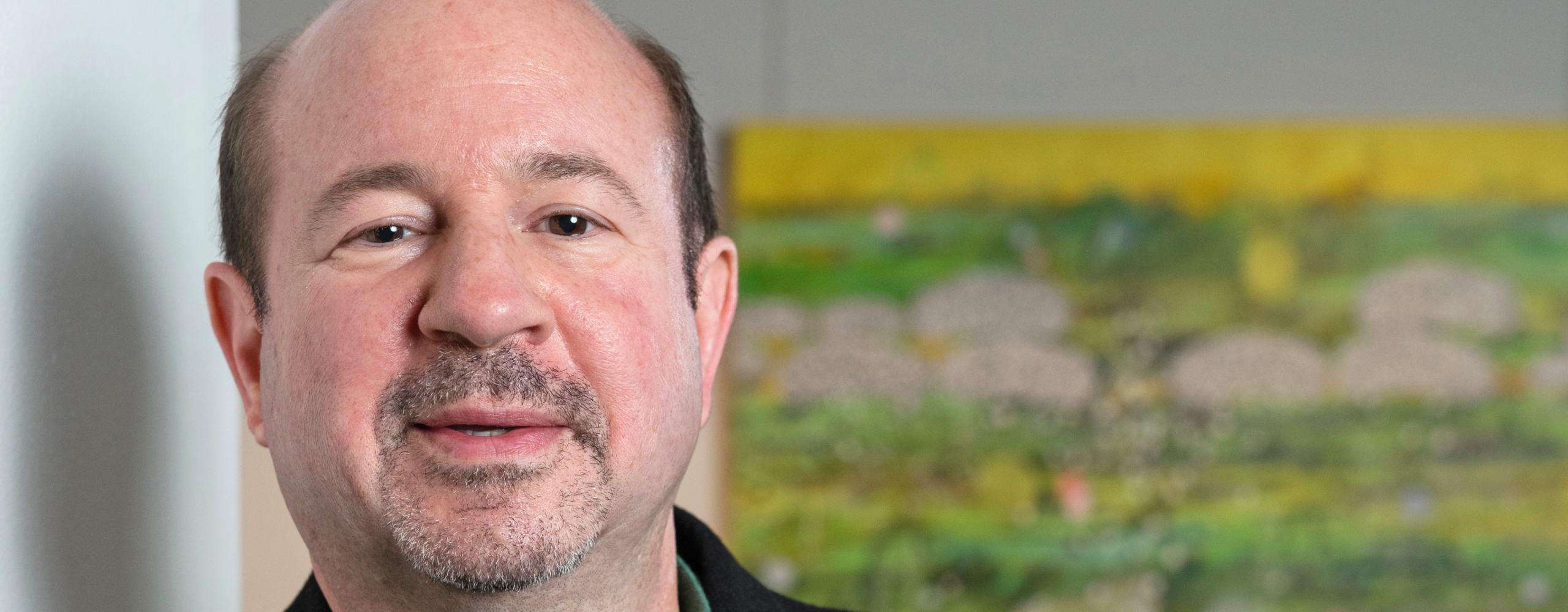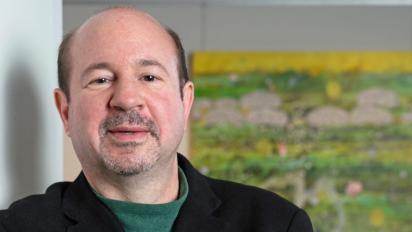In November 2009, the climate research community was hit by a hurricane: a cache of thousands of personal e-mails was released, with passages wrenched out of context to make climate science seem petty, insular, and unscientific. At Penn State, where I was in my second year as a Ph.D. student, “Climategate” got ugly fast, because Penn State’s own Michael E. Mann was at the heart of the manufactured controversy.
Since then, Mann has continued to be the “bullseye” of attacks launched by the fossil fuel industry and other “merchants of doubt.“ In the summer of 2015, I sat down with Mann, and our sweeping conversation covered everything from Carl Sagan to the roles of public education teachers. What follows are a few excerpts, edited for clarity.
Peter Buckland: Over the last fifteen or twenty years, you have gone from being just some guy doing statistical representations and computer models of climate data to being a public spokesman for climate science in particular and science in general. How have you grown over that time and who has shaped you?
Michael Mann: I majored in physics and applied math and I went on to get a Ph.D. for work on the physics of climate. Not in my wildest dreams or imagination did I think that I’d land myself part of a fractious public debate. But the historic temperature change curve that my partners and I published in 1998—“the hockey stick”—came under immediate attack. Those looking to discredit it were part of a somewhat cynical effort to claim that by doing so, they could discredit the entire case for climate change. As if the consensus rested on one paper.
I realized that I had to make a decision: Was I going to retreat from that debate and into my lab and just double down and focus on the science and eschew any role in the larger debate? Or would I embrace it even though that’s not what I signed up for?
I decided to embrace it. If my science is going to be used as a proxy for the validity of the science of climate change, then I’m willing to fight. It’s a worthy battle. In my view, until the public fully understands the science, I cannot remain on the sidelines.
PB: There’s this element of politics creeping into science. It’s there so much in issues of societal importance. You had a piece in The New York Times, “If You See Something, Say Something” [in the January 17, 2014, issue]. How do you think science teachers can or should navigate that social tension?
MM: One of the critical things we have to appreciate is that science is not done in a vacuum; it is done by human beings. We try too hard sometimes to pretend that science exists in this sphere that is external to our humanity.
PB: As if facts are free-floating things separate from our values.
MM: Right. And our critics will use that to say, “We can’t trust these scientists because their values are embedded in how they do their science.”
PB: And then they will do the same thing.
MM: [Laughs] Exactly. I think we have to be honest that that’s true. It should be true. It would be odd if the way that we viewed the discipline of science wasn’t in some way reflective of the way the way we view all matters as human beings. We study science not just for science’s sake, but because it matters in many ways and can inform everything from worldview to economic policy.
PB: Should that come into the classroom somehow?
MM: Sure. We should recognize that every human pursuit is going to be influenced by our values. Removing yourself from preconceptions and thinking in novel ways often leads to scientific breakthroughs.
PB: Let’s talk a bit more about education. Climate science has a lot of “doom and gloom” potential. How can K–12 educators impart optimism to their students? Make it so that they don’t walk away thinking that the die is cast and that the problem is just way too big to do anything about?
MM: This is always a potential pitfall. When we communicate about climate change to the public, we must convey the urgency of action without implying futility. The fact is that some bad things have happened already, and more bad things are likely to happen in the future even in a best-case scenario. But some good things are happening too. We’re seeing remarkable progress when it comes to renewable energy and the transition away from a fossil fuel economy, for example. There is still time to avert catastrophic and irreversible climate change impacts. The only obstacle is political will.


